MARKET INSIGHT
A deep dive look into the sectors
Select a Sector
Industry Conversion Chemicals
Conversion Chemicals
MARKET INSIGHT
Segment Rational
RATIONAL
Leveraging its existing capabilities in upstream chemicals, KSA is well positioned to develop and build capacity in Conversion Chemicals to become a regional and global leader. Conversion Chemicals represents an attractive opportunity for the Kingdom for three main reasons; First, the industry is witnessing increased global and regional demand that the Kingdom can leverage to capture volumes bringing scale to grow to a relevant regional and global market share. Second, conversion Chemicals can contribute to increasing localization in the supply chains of adjacent industries (e.g., Automotive, Food Processing, Pharmaceuticals). Third, the cluster has a stronger value-adding potential than upstream chemicals (Basics and Intermediates), which KSA could leverage to attract different profiles of international players to bring knowledge and technologies to the Kingdom.
Segment Trends and Value Proposition
SEGMENT TRENDS
Shifts in end-user application
Circular economy
Growing emphasis on research and product development in new segments
Disruption of global trade
Value Proposition
• The global Chemicals market is expected to grow at a 3.7% CAGR, doubling production volumes from 1,870 million ton/year in 2020 to 3,867 milionn ton/year by 2040.
• KSA’s Conversion Chemicals industry is expected to grow to 11.5 million ton/year by 2035
• Access to competitive utility prices.
Segment Value Chain
Global Oil & Gas Consumption By Sector (%)
• The global chemicals market is expected to grow at 3.7% CAGR, doubling production volumes from 1,870 Mn Ton/year to 3,867 Mn Ton/year by 2040.
• Chemical sector is also expected to be a driver of demand for oil & gas, gaining share from all other segments, from ~13% in 2020 to ~31% in 2040.
• As oil demand continues to grow but is expected to peak by 2040, chemicals is becoming a most relevant area of focus for O&G countries and companies.
Comparison of crude oil and natural gas consumption in Saudi Arabia (million tons of oil equivalent)
The Kingdom is home to the Ghawar field, the world’s biggest conventional onshore oil field in terms of reserves and daily output. The oil field has been producing since 1951, and it is estimated to continue pumping oil at its current highest production capacity of 3.8 million barrels a day beyond 2050. Therefore, the country is likely to have a high demand for drilling rigs in the onshore oil and gas operations.
Comparison of crude oil and natural gas reserves in Saudi Arabia (million tons of oil equivalent)
In 2021, Saudi Arabia’s crude oil reserves experienced a slight increase of 0.04%, reaching a total of 37,065 million tons of oil equivalent (TOE) or 267,192 million barrels. However, during the same year, both crude oil production and exports declined. Production dropped by 1.23%, amounting to 462.01 million TOE or 3,331 million barrels, while exports fell by 6.11%, totaling 315.31 million TOE or 2,273 million barrels. This decline was attributed to the economic downturn caused by the global COVID-19 pandemic.
To stabilize crude oil prices, reduce record-high oil inventory levels, and restore global market balance, Saudi Arabia, in collaboration with other OPEC+ members, implemented voluntary production cuts starting in October 2022.
Market Evolution Of Chemical Sales Per Region
• Growth is driven by Asia, with China alone owning almost half of the market size of global chemical sales by 2030.
• Market growth in value is higher than global production expansion (in value estimated at CAGR of 5.4%) given that portfolio is steering towards more innovative and higher value-added products.
• Global players must prepare to defend their home markets in downstream, but also to develop export platforms for intermediates and integrated downstream portfolios to better value capture and maintain market positions.
Global Production Of Chemicals Products
The global chemicals market is expected to grow at 3.7% CAGR, doubling production volumes from 1,870 Mn Ton/year to 3,867 Mn Ton/year by 2040
Global, Regional and KSA Conversion Chemicals Capacity Comparison
• Regional market is mostly dominated by imports, presenting a good opportunity for KSA to substitute a share of these imports.
• Elastomers and Polyurethanes represents a localization and growth opportunity. Currently imports dominate KSA’s market, but technology and raw materials are available to localize most of the production.
• KSA’s chemicals sector already has a mature Plastics and Non-metallics segment, but there are still growing categories that can be further developed to cover the demand gap (i.e., Engineering plastics for medical equipment parts, electrical components, automotive parts, FRP, etc.).
KSA Additional Capacity of Conversion Chemicals
Proposed growth in conversion chemicals will bring total capacity up to over 8.8 MTPA, with a CAGR of 15.5%.
MEA and KSA Conversion Chemicals Capacity
• KSA’s conversion chemicals capacity will grow by 8.8 Mtpa through 2035.
• By 2035 KSA’s conversion chemicals sector will have gained 15.2% of regional market share.
Estimated KSA Imports Based on The World Benchmarks
Plastics Growth Market Rate
Demand for selected plastics (reinforced & engineered) is growing at twice the rate metal.
Engineering Plastics Market Size
The Demand of Recycling Plastics
High Value Intermediates KSA Baseline
Commodity Packaging Plastics Market Size
MEA Polyurethane Market By Country
Expected local production volume of polyurethane flooring products in Saudi Arabia (in tons)
Middle East & Africa Polyurethane Market Size (US$ Billion)
The polyurethane market size in the Middle East and Africa is estimated at US$2.55 billion in 2024, and is expected to reach US$3.28 billion by 2029, at a CAGR of 5.10% during the forecast period (2024- 2029).
Import of rubber gaskets to Saudi Arabia by country (2012-2022)
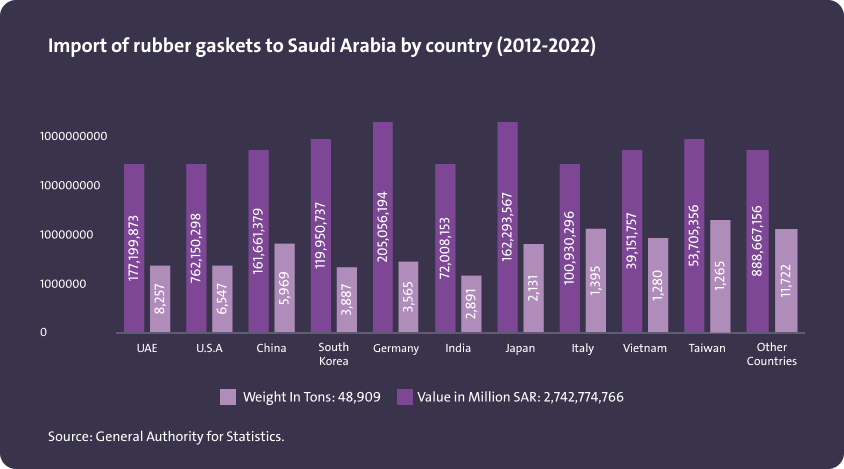
Exportación de juntas de caucho del Reino de Arabia Saudita
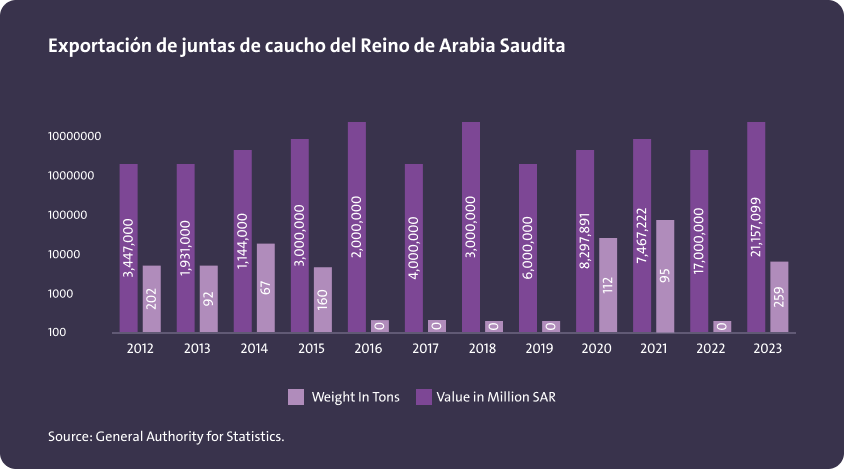
Exportaciones de juntas de caucho del Reino de Arabia Saudita por país (2012-2022)
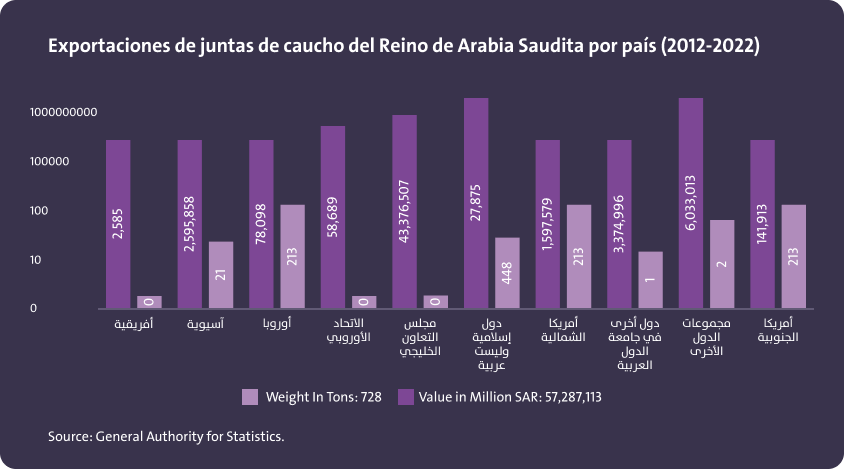
Saudi Arabia Rubber Gaskets Market Size (Tons)
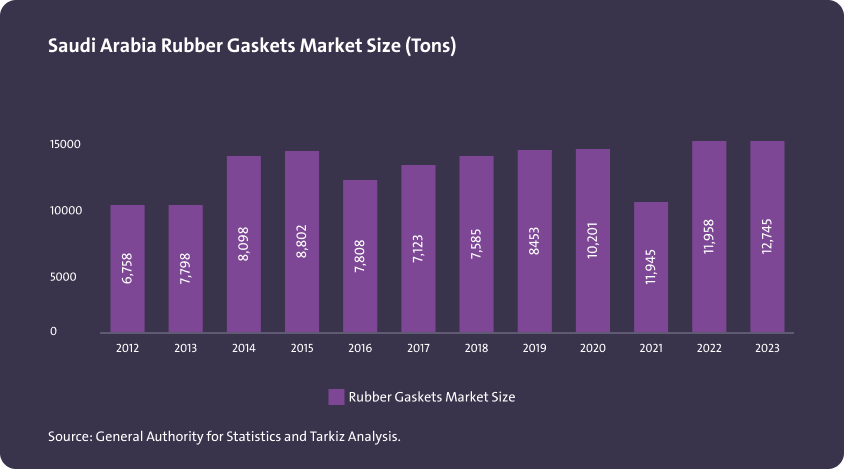
Future demand forecast for rubber gaskets in Saudi Arabia (tons)
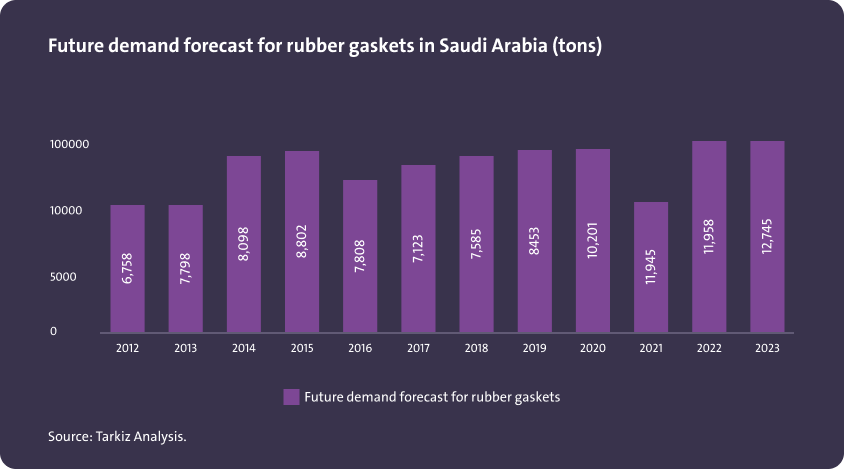
Graphene import to Saudi Arabia (tons)
Graphene import to Saudi Arabia by country (tons)
Graphene export from Saudi Arabia (tons)
Future demand forecast for graphene in Saudi Arabia (tons)
The data and information provided through Daleel platform are for indicative purpose, the provided data and information can be assessed further and analyzed as part of the feasibility studies. In addition, following are other key sources of information that can be used for business case development.
Key Sources for Data
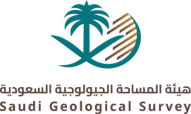
National Geological Database
Reliable national geological and topographic data repository for the whole kingdom of Saudi Arabia including geological and topographic maps, Mineral Occurrences Documentation System (MODS), geochemistry and geophysics data, borehole data, surface samples data and more.

Invest Saudi
For information about investment opportunities in the kingdom to both foreign and domestic investors, as well as private sector businesses please visit Invest Saudi
Tariff Rates and Data
Through the website of the Zakat, Tax and Customs Authority, you can find the tariff rates and data for all kinds of products.

Import Data
Through the website of General Authority for Statistics, you can find detailed data on Import Statistics for all kind of goods.

Export Data
Through the website of General Authority for Statistics, you can find detailed data on Export Statistics for all kind of goods.

Factories Directory
The Factories Directory is provided by the National Industrial Information Center to enable the user to inquire about factories in the Kingdom by activity, production and location, in addition to other data and information.
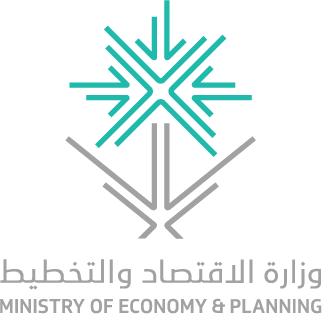
Ministry of Economy And Planning
A unified platform to present and analyze the latest economic and social the kingdom and its regions in visually interactive ways that facilitate understanding of the Saudi economic landscape.
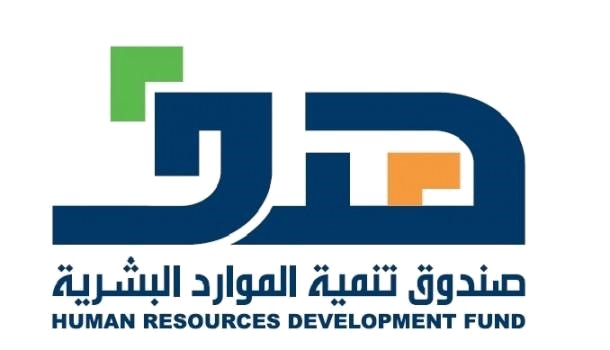
ZADD
ZAADD is one of the services of the Nine Tenths program launched by the Human Resources Development Fund with the aim of developing small and medium-sized enterprises and making them job-producing institutions. The program also enjoys support from many data-providing entities.